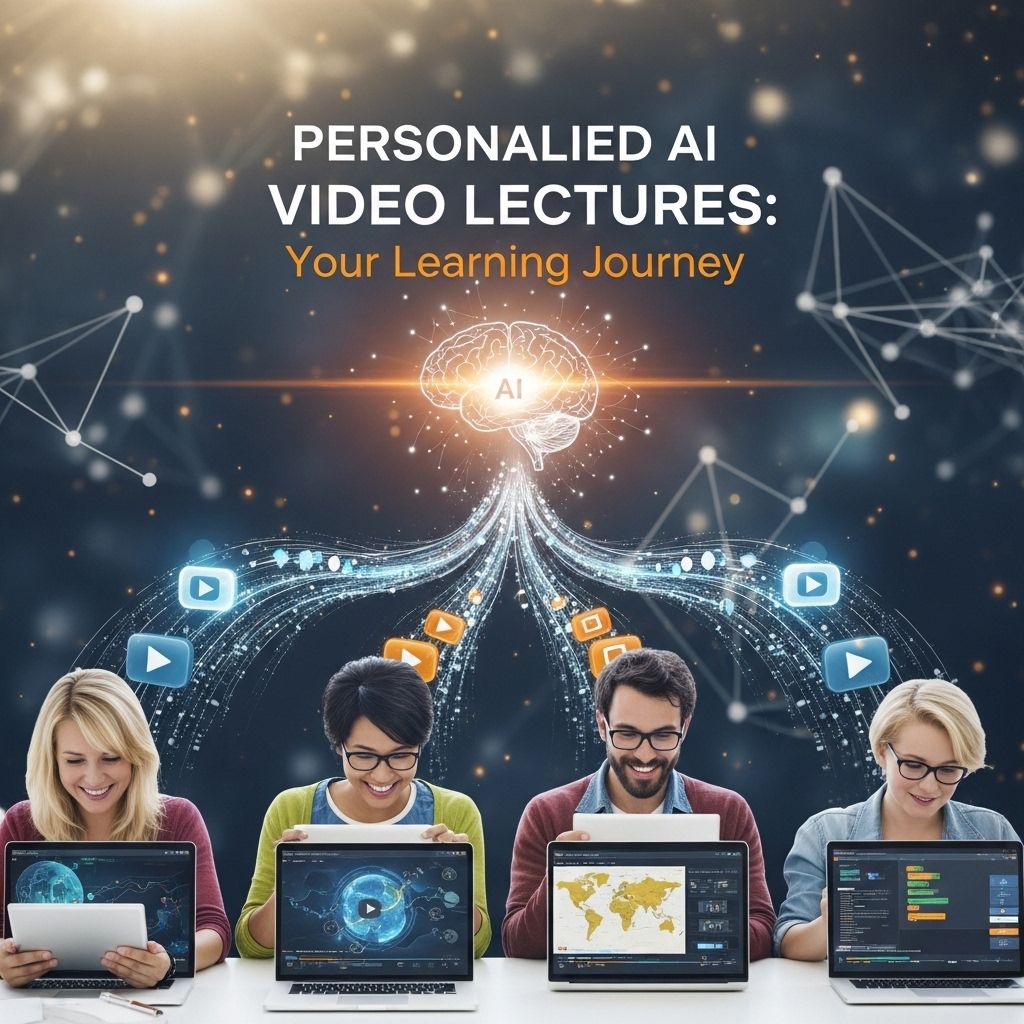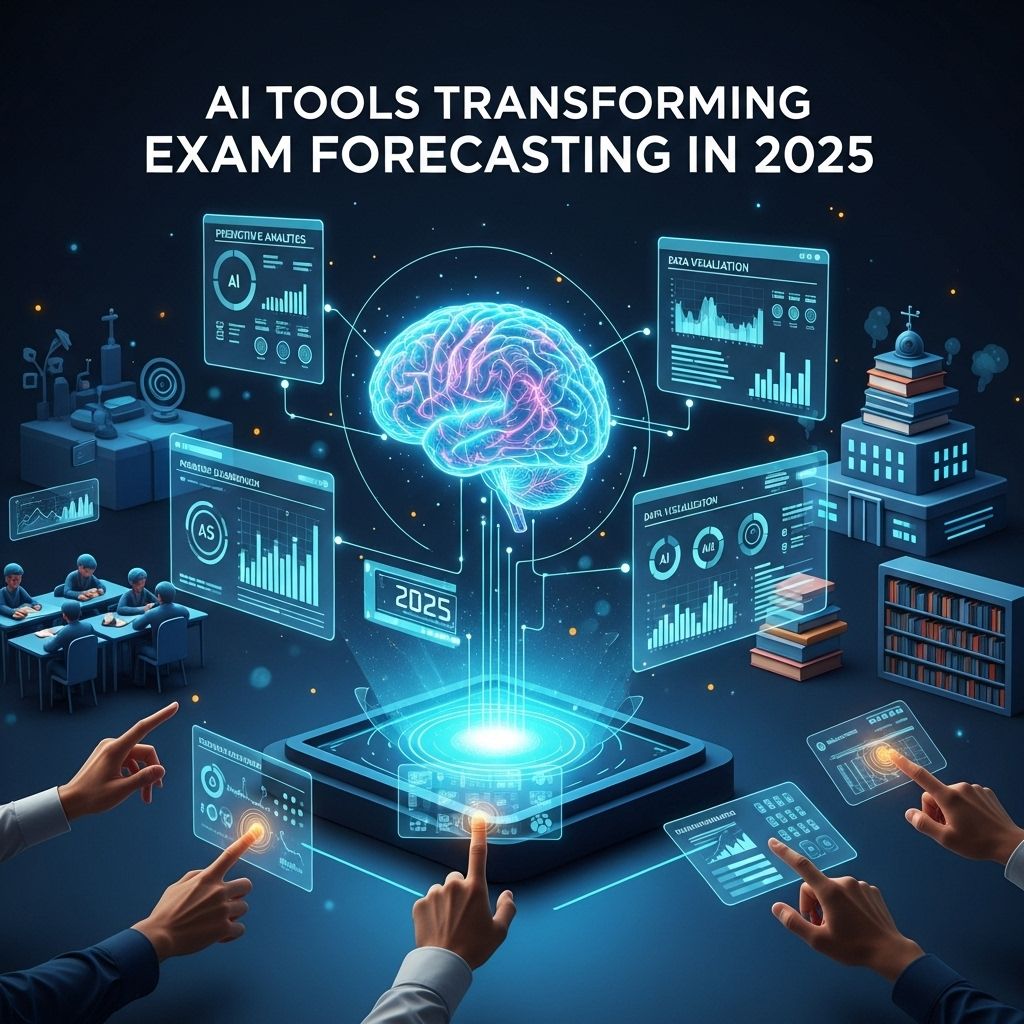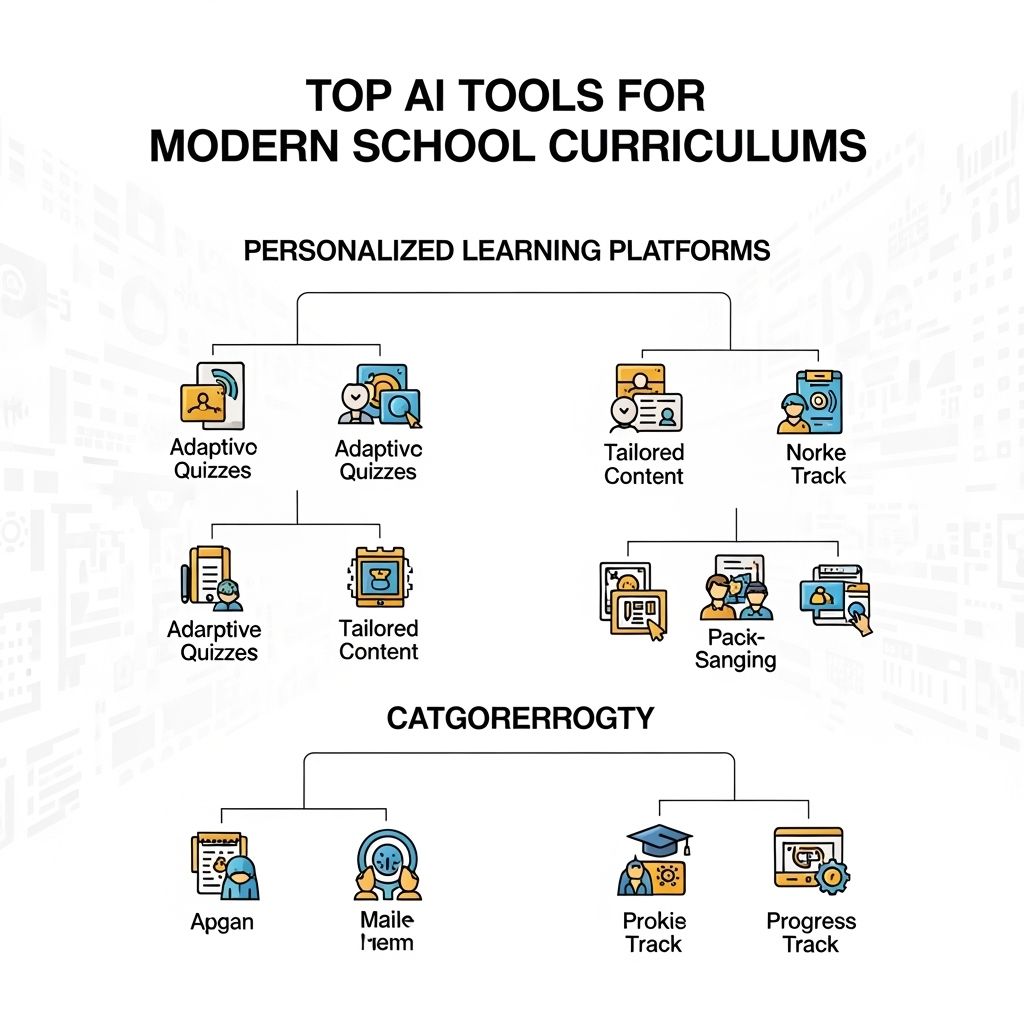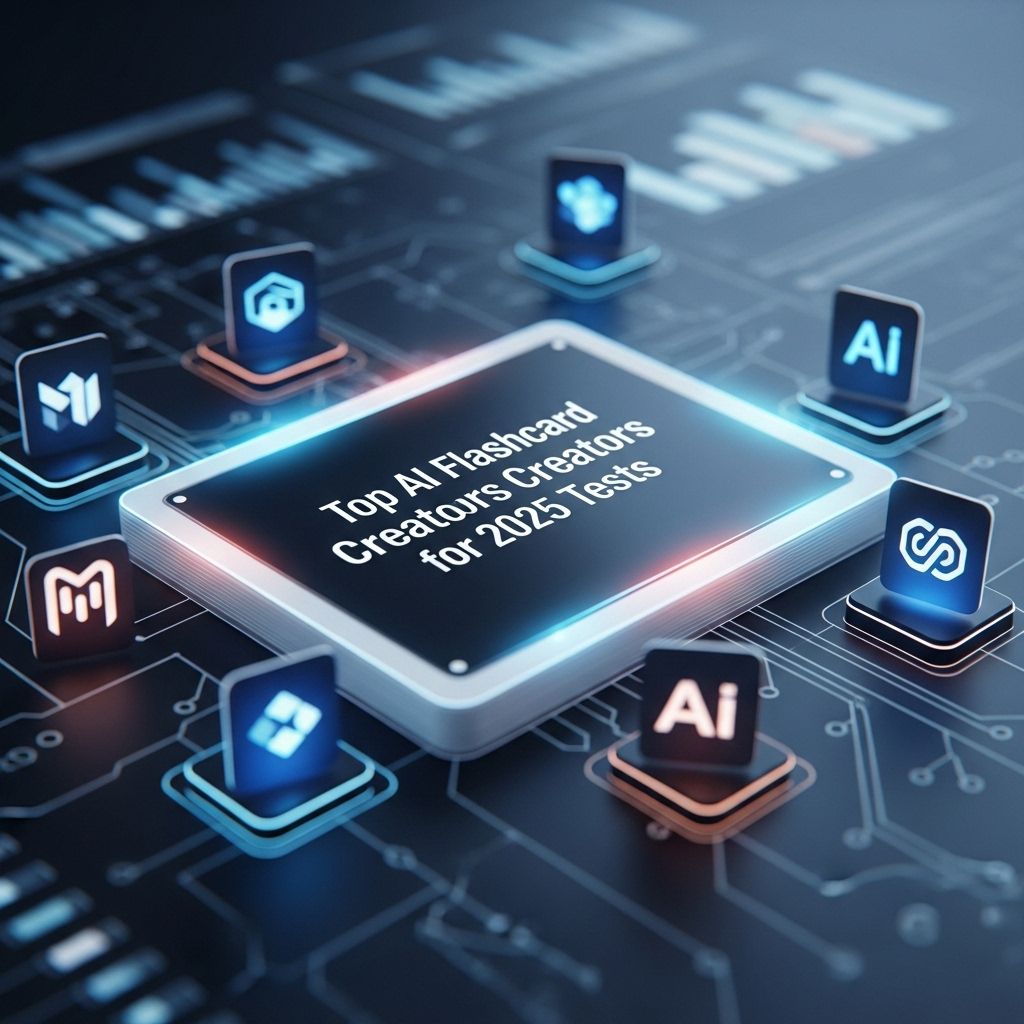Transform Your Classroom with AI Assistants
Discover how AI assistants can revolutionize classroom learning, enhancing engagement and personalizing education for every student.

In the rapidly evolving landscape of education, technology continues to redefine how teachers and students interact. One of the most promising advancements is the integration of artificial intelligence (AI) assistants in the classroom. These intelligent systems are designed to support educational processes by enhancing the learning experience, streamlining administrative tasks, and providing personalized learning paths. This article explores the transformative potential of AI assistants in educational settings, examining their benefits, challenges, and practical applications.
Table of Contents
Understanding AI in Education
AI in education refers to the use of artificial intelligence technologies to facilitate and enhance teaching and learning processes. It encompasses a variety of tools and platforms, including chatbots, virtual tutors, and data analytics systems. These technologies employ machine learning algorithms and natural language processing to deliver tailored educational experiences that cater to individual student needs.
Types of AI Assistants
- Chatbots: These conversational agents can answer students’ questions in real-time, providing instant support outside classroom hours.
- Adaptive Learning Systems: These platforms analyze student performance data to customize learning materials, offering a personalized approach to education.
- Administrative Tools: AI systems can automate grading, scheduling, and other administrative tasks, allowing educators to focus more on teaching.
- Virtual Learning Environments: AI-powered platforms can simulate real-life scenarios for practical learning experiences.
The Benefits of AI Assistants in the Classroom
The integration of AI assistants into educational environments offers numerous advantages.
Personalized Learning Experiences
AI can help tailor education to individual student needs. This personalized approach allows students to learn at their own pace and style, significantly enhancing engagement and comprehension.
Increased Efficiency
With AI handling administrative tasks, teachers can devote more time to direct interaction with students. AI can automate processes such as grading assignments, managing attendance, and even scheduling, thus reducing the administrative burden on educators.
Data-Driven Insights
AI systems can analyze vast amounts of data to provide actionable insights into student performance. Educators can utilize these insights to identify learning gaps, track progress, and adjust teaching strategies accordingly. Key metrics include:
| Metric | Description |
|---|---|
| Engagement Rate | Measures how actively students participate in learning activities. |
| Performance Tracking | Analyzes exam scores and assignment grades over time. |
| Progress Indicators | Identifies areas where students struggle or excel. |
Implementing AI Assistants in the Classroom
To effectively implement AI assistants, educators must consider several factors:
1. Assessing Needs
Before introducing AI technology, it’s crucial to assess the specific needs of the classroom. Consider:
- The subjects being taught
- The demographics of the students
- The current use of technology
2. Choosing the Right Tools
Not all AI tools are created equal. It’s essential to select those that align with educational goals. Popular AI tools include:
- Khan Academy: Offers personalized learning resources and assessments.
- Duolingo: An adaptive language-learning platform.
- IBM Watson: Provides AI-driven insights for educators.
3. Training Educators
Proper training for educators is vital to maximize the benefits of AI technology. Professional development programs should focus on:
- Understanding AI capabilities
- Effective integration strategies
- Best practices for using AI tools in the classroom
Challenges and Considerations
While the potential benefits of AI assistants in education are significant, several challenges must be addressed:
1. Data Privacy Concerns
With the collection and analysis of student data comes the responsibility of protecting that data. Educators must ensure compliance with regulations such as FERPA and GDPR.
2. Ethical Implications
The use of AI raises various ethical questions regarding bias and fairness. It’s essential to critically evaluate AI systems to ensure they promote equity in education.
3. Dependence on Technology
Over-reliance on AI can lead to diminished critical thinking and problem-solving skills among students. Striking a balance between AI support and traditional educational methods is crucial.
The Future of AI in Education
The future of AI assistants in education looks promising. As technology advances, so will the capabilities of AI systems. Potential future developments include:
- More sophisticated predictive analytics to anticipate student needs
- Enhanced collaborative learning platforms
- Increased integration with augmented and virtual reality for immersive learning experiences
Conclusion
AI assistants are poised to revolutionize the classroom experience by providing personalized learning, improving efficiency, and offering data-driven insights. However, successful implementation requires careful planning, training, and consideration of ethical implications. As educators and institutions embrace AI, the potential to enrich learning experiences and enhance educational outcomes will continue to grow. The key lies in leveraging these technologies while maintaining a focus on the primary goal: fostering an engaging and supportive environment for all students.
FAQ
What are AI assistants and how can they be used in the classroom?
AI assistants are digital tools powered by artificial intelligence that can assist teachers and students with various tasks, such as answering questions, providing personalized learning experiences, and automating administrative tasks.
How can AI assistants enhance student engagement?
AI assistants can enhance student engagement by providing interactive learning experiences, offering instant feedback, and adapting to individual learning styles, making lessons more relevant and enjoyable.
What are the benefits of using AI assistants for teachers?
Using AI assistants can save teachers time by automating grading and administrative tasks, allowing them to focus more on teaching and interacting with students. They can also provide insights into student performance.
Are AI assistants suitable for all age groups?
Yes, AI assistants can be tailored to suit various age groups and learning levels, making them a versatile tool for classrooms ranging from elementary to higher education.
What challenges might teachers face when implementing AI assistants?
Challenges can include a lack of training, resistance to change, potential technical issues, and the need to ensure that AI tools are used ethically and effectively.
How do I choose the right AI assistant for my classroom?
When choosing an AI assistant, consider factors such as ease of use, compatibility with existing technology, the specific needs of your students, and the features that best support your teaching goals.








